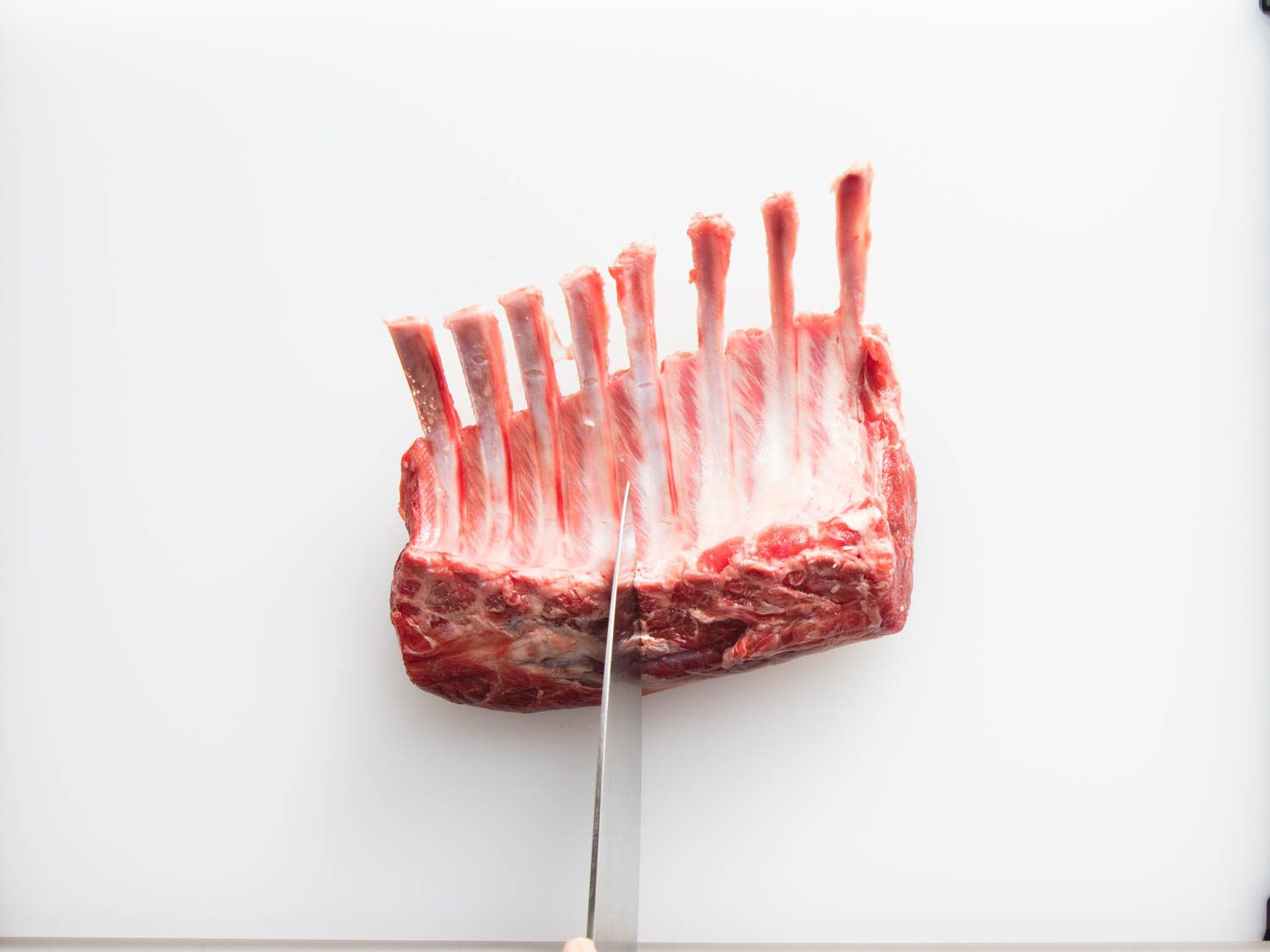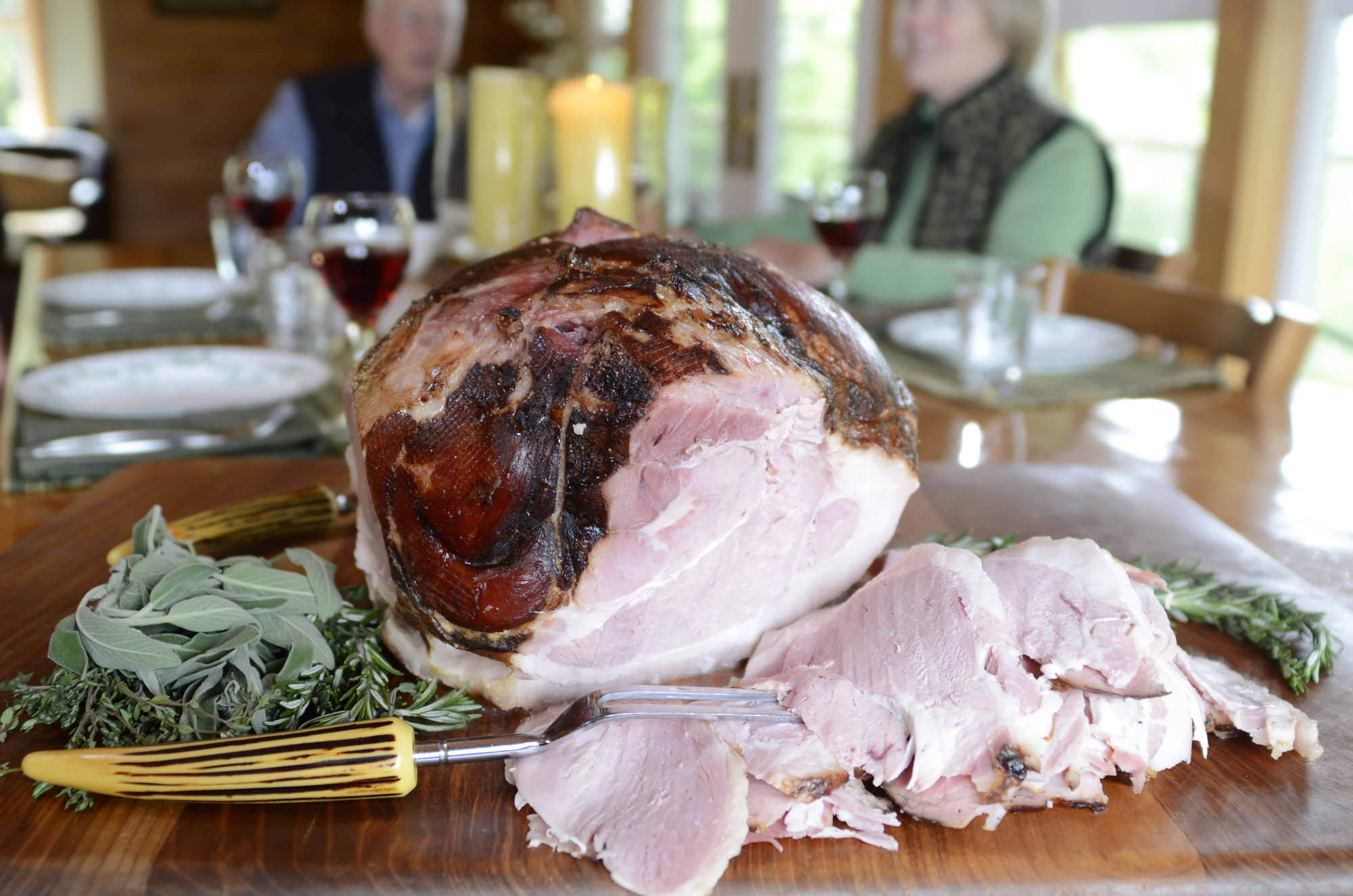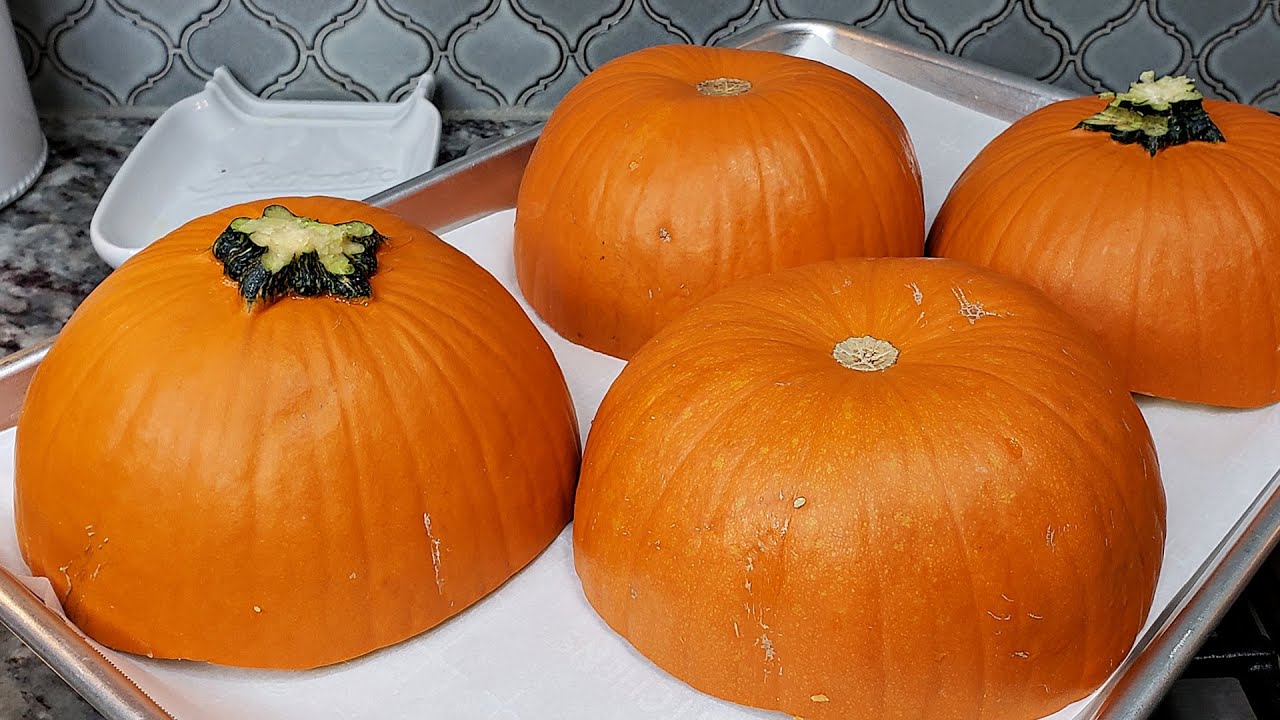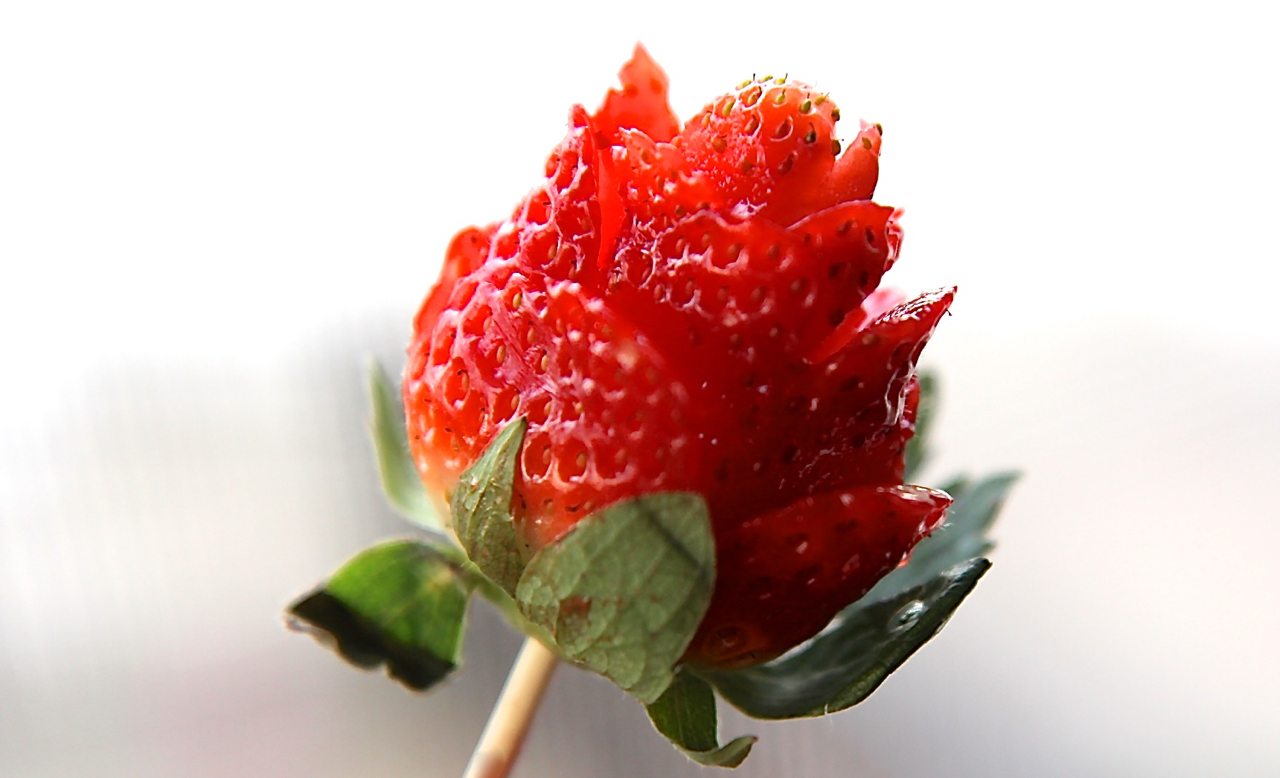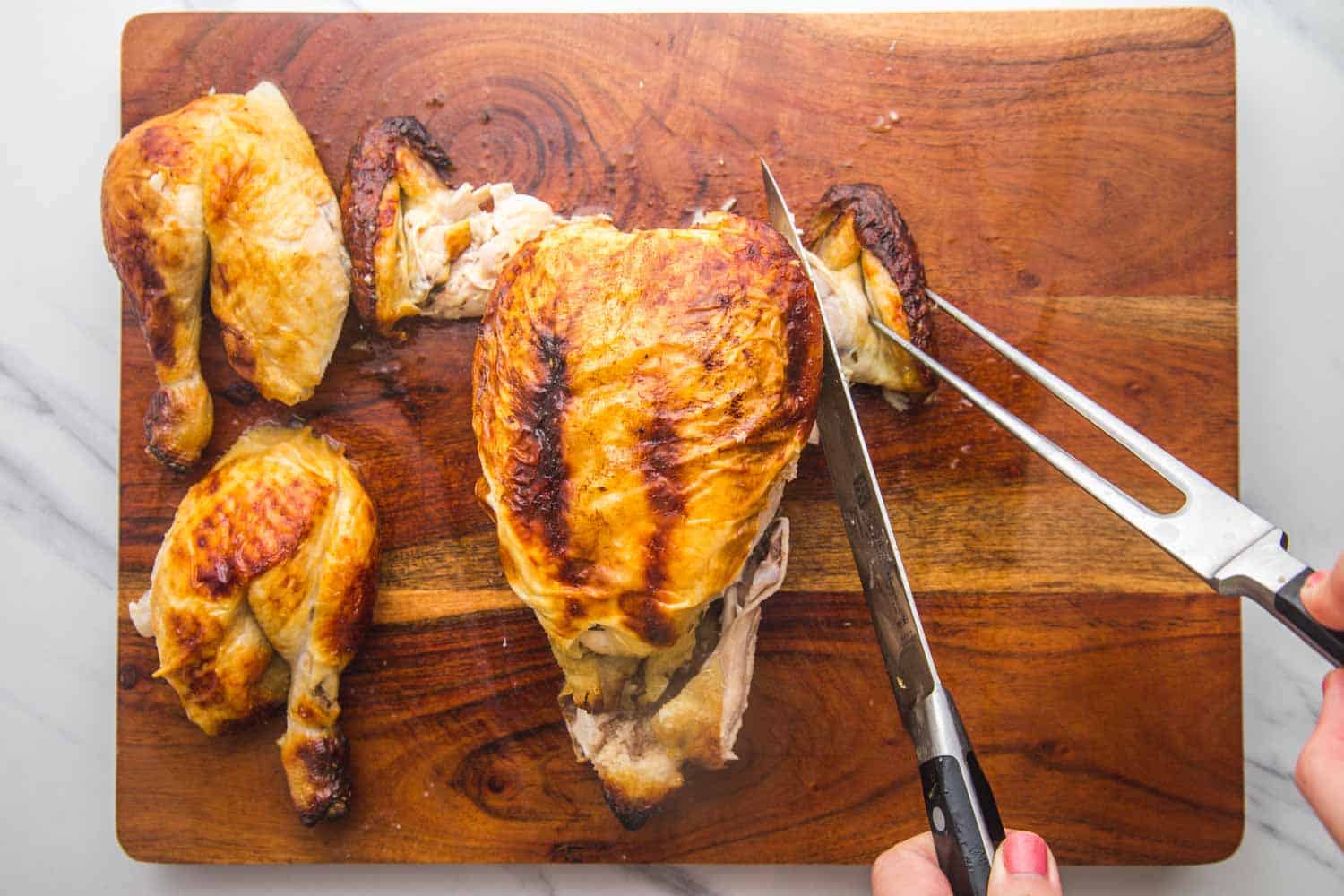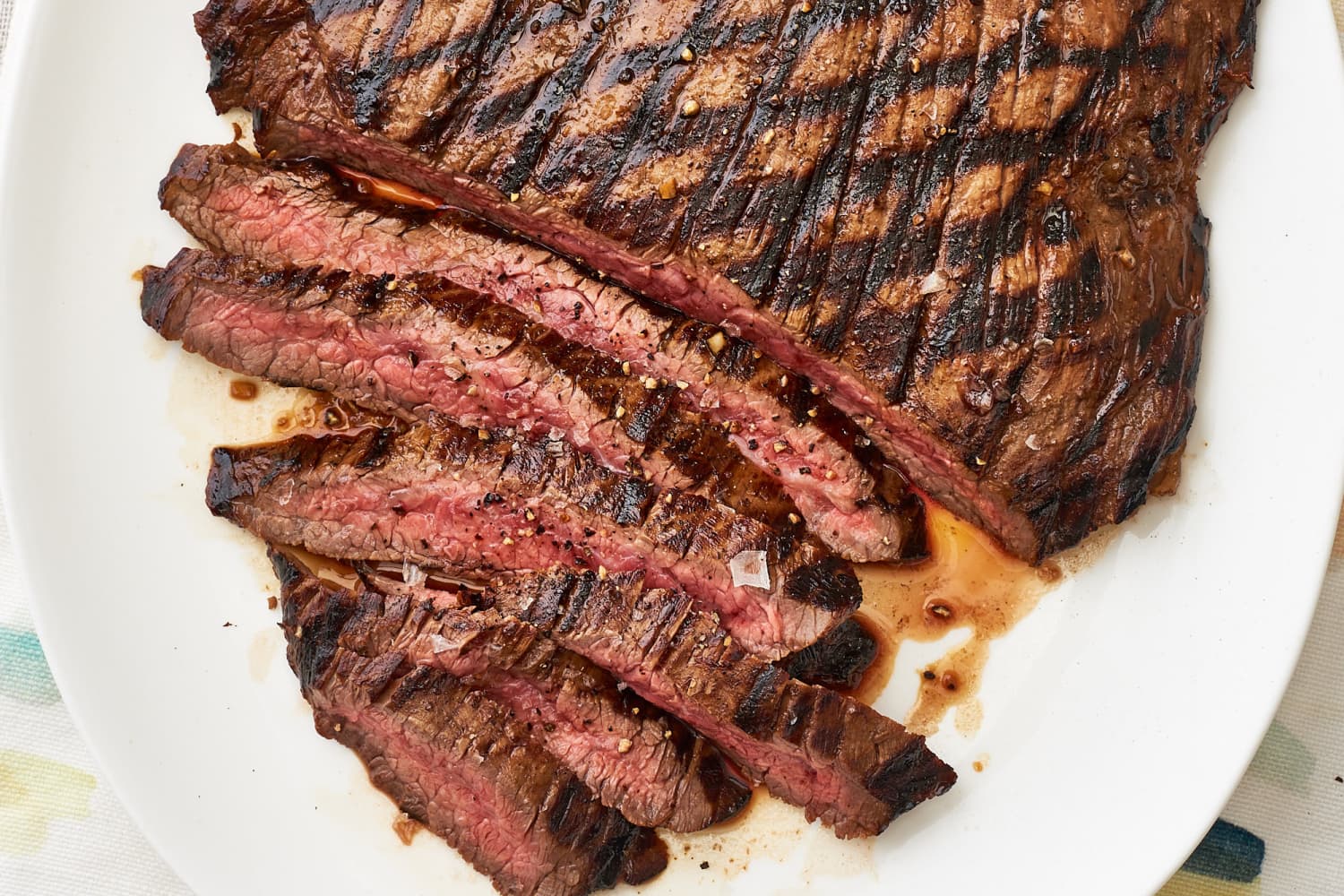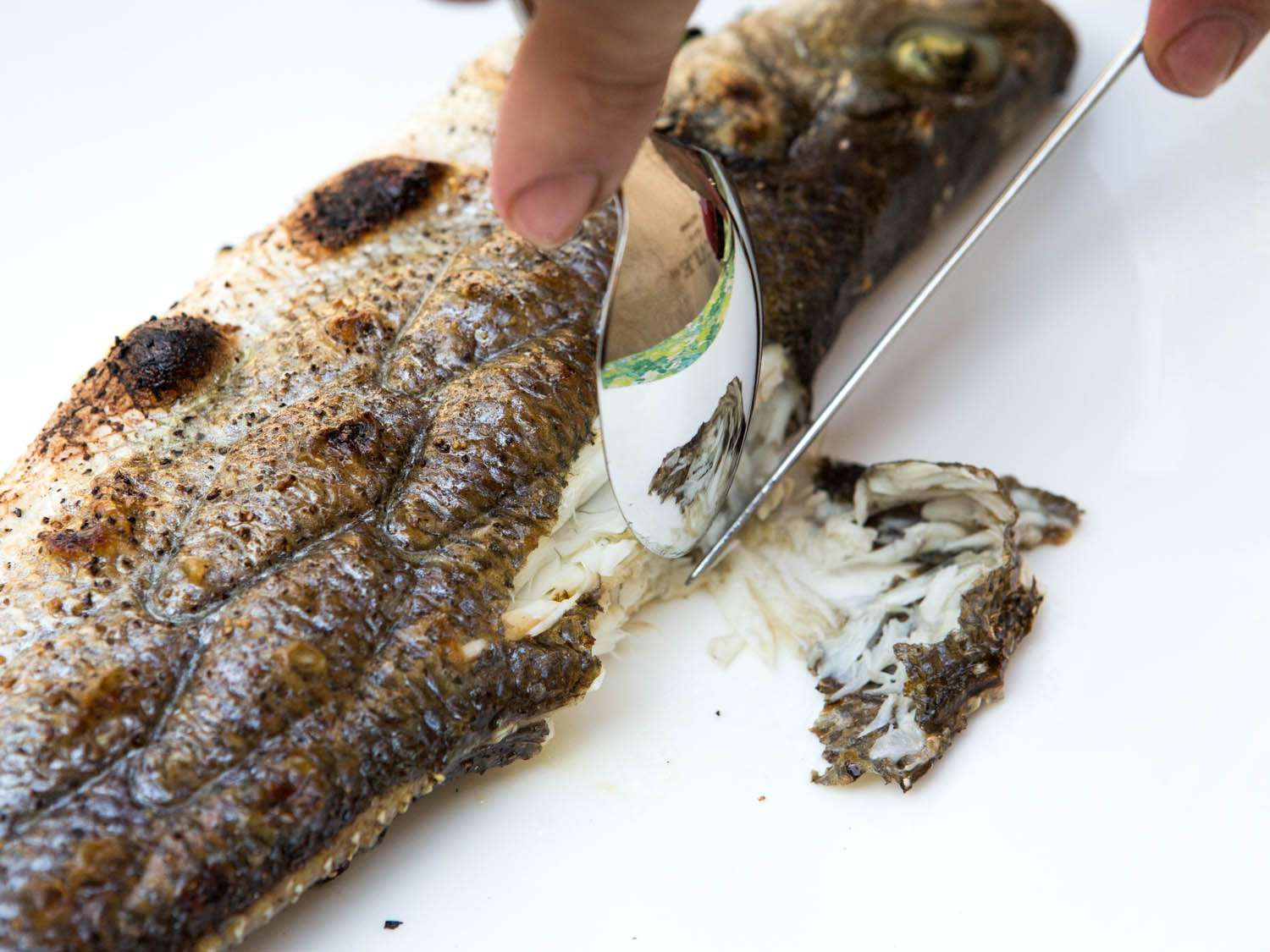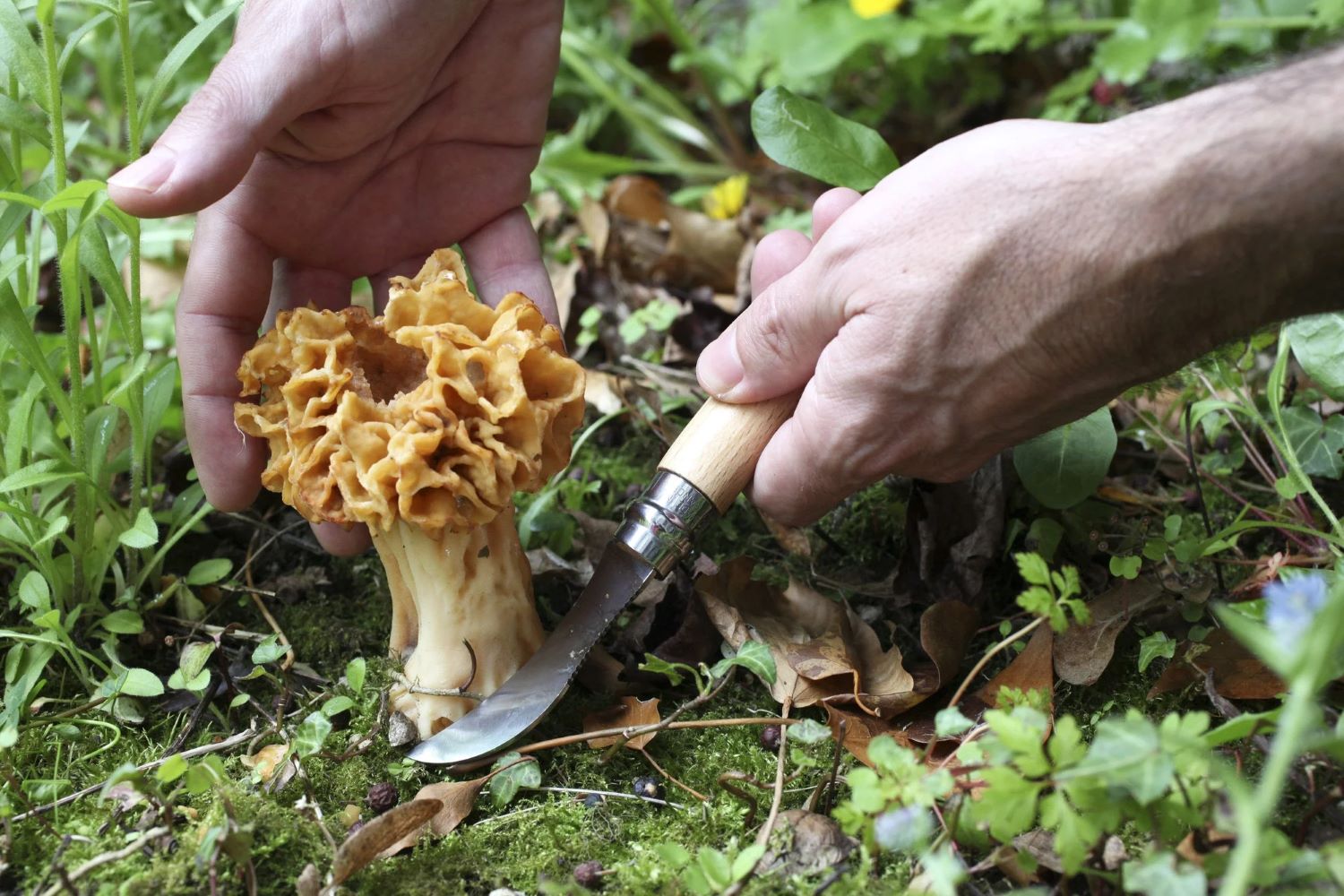How to Skin Hazelnuts
Are you a fan of hazelnuts but find their tough outer skin a bit off-putting? Don’t worry, we’ve got you covered! In this guide, we will walk you through the step-by-step process of easily removing the skin from hazelnuts, leaving you with perfectly smooth and delicious nuts to enjoy.
Why Remove the Skin?
You might be wondering why it’s necessary to remove the skin from hazelnuts in the first place. Well, not only does the skin have a slightly bitter taste, but it can also affect the overall texture of the nut. By removing the skin, you can create a more refined and delicate hazelnut flavor, perfect for a variety of culinary creations.
Here’s How to Skin Hazelnuts:
- Preheat the Oven: Start by preheating your oven to 350°F (175°C). This will help loosen the skin and make it easier to remove.
- Spread the Hazelnuts: Arrange the hazelnuts in a single layer on a baking sheet. Make sure they are evenly spaced for even roasting.
- Roast the Hazelnuts: Place the baking sheet in the preheated oven and let the hazelnuts roast for about 10-15 minutes. Keep an eye on them to prevent burning.
- Cool and Rub: Once the hazelnuts are nicely roasted, remove them from the oven and let them cool for a few minutes. Transfer the roasted hazelnuts to a clean kitchen towel or paper towel. Wrap them up and start rubbing them vigorously to remove the skin. The friction will cause the skin to peel off.
- Blow Away the Skin: Unwrap the towel and hold it over a bowl or sink. Blow gently on the nuts to remove any loose skins. This will ensure that only the smooth hazelnuts remain.
- Inspect and Store: Take a quick look at the hazelnuts and remove any remaining stubborn skin. Once you’re satisfied with the results, transfer the skinned hazelnuts to an airtight container for storage.
And there you have it! With just a few simple steps, you can easily remove the skin from hazelnuts, giving them a whole new level of taste and texture. Whether you’re using them in baking, cooking, or enjoying them as a snack, skinned hazelnuts are sure to elevate your culinary creations.
So, next time you come across a recipe that calls for skinned hazelnuts, there’s no need to shy away. Give this method a try and impress your friends and family with your nut-skinning skills!
Was this page helpful?
Read Next: How To Make Sugar Cookie Icing
